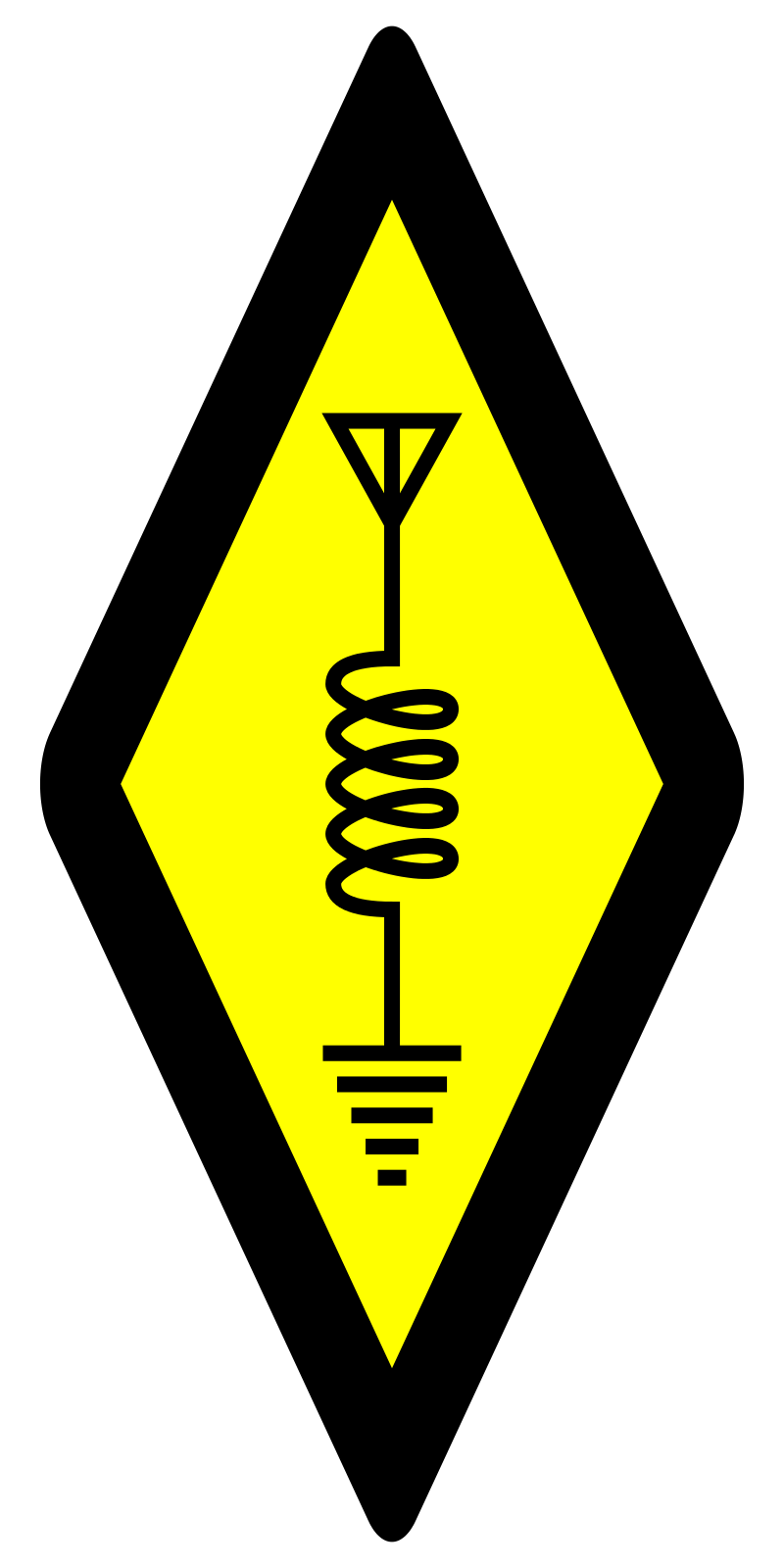Much is made in our hobby about working DX, that is sending and receiving distant radio signals. How distant is up for debate. Depending on where you are, DX might be outside the continent, outside the country, or in my case you could easily say, anything outside of my state, since the nearest border is about 1,240 km away from here. For giggles, the distance between Albany in the South West and Wyndham in the North East of the state is 2,400 km and that’s via radio wave. By car it’s 3,570 km. To be clear, we’re still inside VK6.
All that to say, DX is in the ear of the beholder.
If that’s not enough, there’s a group of amateurs who are of the strident opinion that for DX to count it must be a two-way contact. That is, both stations need to hear each other and as such, those amateurs believe that a mode like WSPR, the Weak Signal Propagation Reporter can’t possibly be considered DX, even if you can discover that your station was heard on the other side of the planet.
I’m going to skip right over those who tell anyone who will listen that FT8 isn’t real radio because it’s just computers talking to each other.
This to give you some context when I introduce the next idea, namely FM Broadcast DX. I’m acutely aware that this isn’t amateur radio, there’s no two-way communication, it’s probably not DX and besides, it’s computers. That out of the way, let me tell you about something I discovered.
Many, but not all, FM broadcasters transmit multiple signals when you tune to their station. One of those is a signal called RDS, or Radio Data Systems. It’s used to show you the name of the station, sometimes what song is playing, what style of station it is and other information like road traffic alerts and emergencies. You can decode this using an RDS decoder.
Recently I was browsing YouTube. I came across a video on the Broken Signal channel that digs into the world of FM-scanning to log any RDS information for the purpose of finding DX stations. The video goes into great detail on how to set this up with Windows, by copying files into various places, updating XML files, configuring sample rates, connecting virtual audio cables, running several tools simultaneously and it goes on to demonstrate how this all hangs together.
While I was impressed with the idea, the implementation didn’t speak to me, since I wince at the notion of copying random files into an application installation directory and besides I’m a Linux user.
So, I went hunting.
Turns out that there is an RDS decoder for Linux, called “redsea”, written by Oona OH2EIQ. It’s on GitHub. Compiling it is pretty straightforward, follow the instructions and it should work as advertised. You’ll also need to have “rtl-sdr” installed so you can run a tool called “rtl_fm”. Again Oona’s instructions should help you out. I will add that I’m assuming that you have a so-called RTL-SDR dongle, it’s a cheap USB device that can be coerced into pretending to be a software defined receiver with about 2.2 MHz of bandwidth.
Based on the example shown, I immediately tuned to a local station and RDS information started filling my screen. To let you know how simple this is, you run the “rtl_fm” tool and send its output to “redsea” which decodes the information and displays it on the screen. That’s it. No more moving parts, no XML files, no shenanigans with virtual audio cables and the like.
Stage one complete, on to stage two, scanning.
The “rtl_fm” tool has the capability to scan a range of frequencies. I tried this, but didn’t really get anywhere, since for the scanner to work you need to set the squelch in order to switch between frequencies, but if you’re aiming for a weak signal, it will never be heard if your local FM broadcasters are belting away 24 hours a day.
So, instead I’m scanning each frequency between 87 MHz and 109 MHz, every 10 kHz, for 10 seconds, to see if there’s any RDS data to be heard. I send that to a file and when I feel the urge, I can go check to see what I’ve heard.
I haven’t yet put this up on GitHub because I’m considering making it a contribution to the “redsea” project instead of a project of my own.
Now, at this point you might wonder what all the fuss is about. Well, the same method could be used to decode your local amateur repeater idents, or the NCDXF beacons, or any other kind of interesting information. I saw one user link “rtl_fm” to “multimon-ng”, a tool I’ve spoken about before.
You should also check out Oona’s website, windytan.com, there’s a whole range of signal processing stories to be found, including dealing with flutter distortion on Steamboat Willie and a very cool spiral spectrogram.
I’ll leave you with one question. Why haven’t you installed Linux yet?
I’m Onno VK6FLAB

